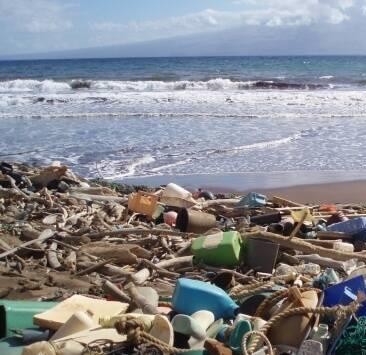Free Courses Sale ends Soon, Get It Now


Free Courses Sale ends Soon, Get It Now



Disclaimer: Copyright infringement not intended.
Context
Details of the study
|
In the 1980s and 90s, there were some international policies, like MARPOL Annex 5 that enforced laws against dumping trash at sea. They were powerful laws that were enforceable and were preventative. |
About microplastics
What are they?
Why are microplastics in the ocean receiving increasing attention?
Marine litter – especially plastic debris in the ocean – is a major global environmental issue.
Physical effects
Chemical effects
Sources of plastic debris
Sea-based sources include:
Land-based sources include:
Way Forward
|
Global Partnership on Marine Litter GPML) is a voluntary, open-ended partnership for governments, international agencies, businesses, academia, local authorities, NGOs and individuals, launched during the United Nations Conference on Sustainable Development (Rio+20) in June 2012. Objectives
The Honolulu Strategy and the 4Rs The Honolulu Strategy is a framework for a comprehensive and global effort to reduce the ecological, human health and economic impacts of marine debris. The framework consists of three goals and associated strategies:
A key action proposed for strategies under Goal A is to promote an assortment of behaviours and actions, the “4Rs”related to waste management (reduce, reuse, recycle, and recover). In view of the nature of microplastics – and their increasing use in personal care products – there may be a need to add a fifth “R”: redesign. |
Must Read Articles:
Microplastics: https://www.iasgyan.in/daily-current-affairs/microplastics-2
|
PRACTICE QUESTION Q) There is an urgent need to implement a global resolution to limit the production of single-use, throwaway plastic. Discuss in the context of microplastics. (250 words) |
© 2024 iasgyan. All right reserved